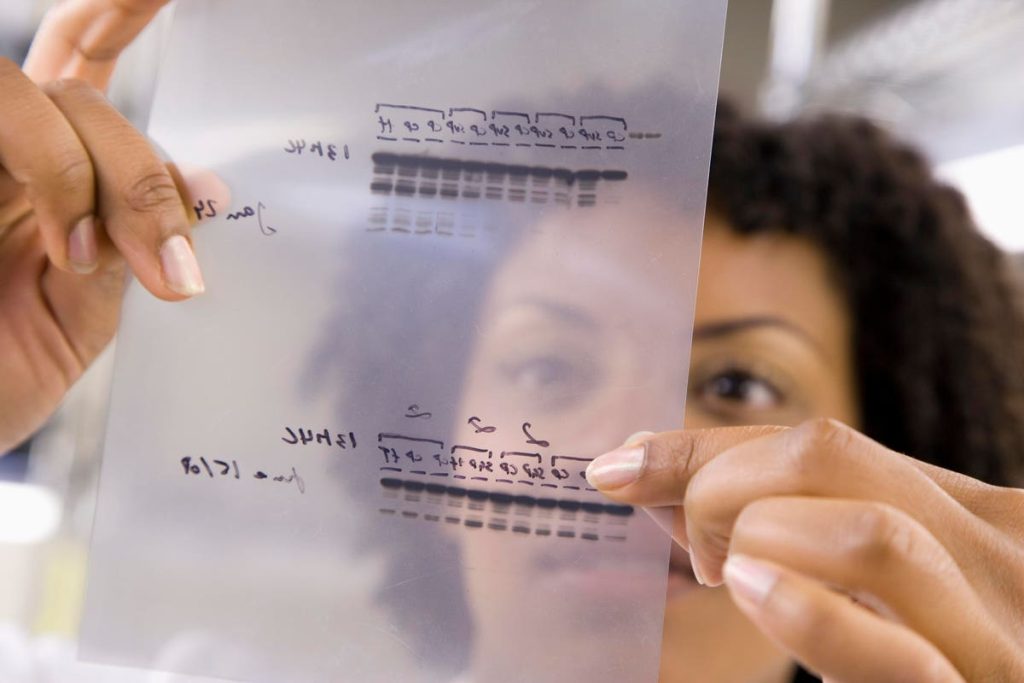Eileen Faucher is the Principal and Founder of Brass Tacks Health, a consultancy that guides drug developers in competitive readiness.
Nothing drives urgency like competition. And in the world of drug development, the race to market can propel biotech and pharma companies to invest considerable resources in answering questions like: How can we design our clinical trial to ensure that the benefit of our therapy is meaningful to patients in the future? Who else is most likely to get a new therapy approved for the same patient population? How are our competitors designing their clinical studies to differentiate their products from ours?
Answers to these questions come from competitive Intelligence (CI), the process by which publicly available sources are mined to deduce what the competition is doing and how companies should pivot and refine their development strategies accordingly.
In an industry where it takes years (even decades) for new medical therapies to move from bench to bedside, these types of insights have long been critical to success. But what else should biopharma leaders be asking to stay ahead of the curve and what other data should CI professionals be gathering?
An Increasingly Diverse Patient Population
Now more than ever, insights into diversity are critical to success in the life sciences, especially for businesses that want to remain competetive. Given the racial and ethnic trends that have emerged in recent U.S. censuses, the traditionally-defined non-Hispanic white population majority is becoming “more complex and contested.”
This means the biotech and pharma leaders of the future will need to have robust data showing the efficacy and safety of their therapies not just in the white population—which currently comprises over 90% of U.S. clinical trial participants—but in the more representative patient population of our increasingly diverse America. To achieve this, there is now a lot of talk in my industry on why companies must prioritize the recruitment of a far more diverse patient population in their clinical trials. Only then will we be able to truly elucidate and address the links between adverse social determinants of systemic racism and health issues like aggressive tumor biology.
I believe those who lead the industry in recruiting clinical trial populations that appropriately reflect real-world diversity, framing their key intelligence questions around this representative data, will obtain a significant and vital competitive advantage. I see them being in the best position to not only understand the markets that lie ahead but to deliver new therapies in an equitable fashion.
A Renewed Commitment To Health Equity
The social justice activism that sprang from the response to George Floyd’s murder, and the grossly negligent lack of racial diversity in early Covid-19 trials, inspired many big pharma companies to proclaim commitments to address inequities in health.
For example, Gilead pledged $10 million to their Racial Equity Community Impact Fund, AbbVie committed $50 million to promote health and education equality, Johnson & Johnson announced plans to contribute $100 million to help communities and people of color and BMS pledged $300 million to tackle health disparities in the world and improve diversity in clinical trials. Most of these investments were to be allocated over the next five or so years.
Importantly, drug developers weren’t the only ones to act. In April 2022, the FDA, the agency that regulates drug development, joined the commitment to advance health equity and published draft guidance on improving enrollment from underrepresented racial and ethnic subgroups in clinical trials. As part of this guidance, sponsors are asked to develop and submit a Race and Ethnicity Diversity Plan to the agency early in clinical development.
Illuminating Blind Spots
I see these actions as a necessary move in the right direction, one toward equity and inclusion. But addressing these matters isn’t just about social justice. It’s about leadership. I see the biomedical knowledge gained by expanding clinical development to underrepresented groups as a game-changer.
For example, genetic variations can make treatments more or less toxic for one racial or ethnic group than another. An FDA review of drug approvals between 2008 and 2013 found that as many as one in five new drugs demonstrate differences in effectiveness across ethnic groups. Many African Americans, for example, have allelic variants and gene hyper-expression patterns that often lead to an immunosuppressive tumor microenvironment. This can contribute to more aggressive tumor phenotypes and poorer disease and therapeutic outcomes compared to other groups. Overall, marginalized communities lack representation in genomic reference databases and are less likely to have their tumors tested for actionable mutations.
Immune responses are also known to be influenced by factors like sex. For instance, variations in the prevalence of autoimmune illnesses, susceptibility to infectious diseases and reactions to immunizations are all found to be influenced by sex-based immunological variances. Yet in the clinical trials that have served as the basis of approvals for nearly all immunotherapies on the market today, women and non-white groups have been in the minority across the board.
Let The Competition Begin
It’s been wonderful to see the drug development industry come together in a commitment to advance health equity and access. As clinical research becomes more diverse, I believe we are on the brink of realizing meaningful advances at an unprecedented pace.
In my opinion, drug developers who fully embrace this paradigm shift and broaden their competitive planning lens to encompass the entirety of their addressable markets are more likely to secure a competitive advantage. Let the competition begin.
Forbes Business Council is the foremost growth and networking organization for business owners and leaders. Do I qualify?
Read the full article here










